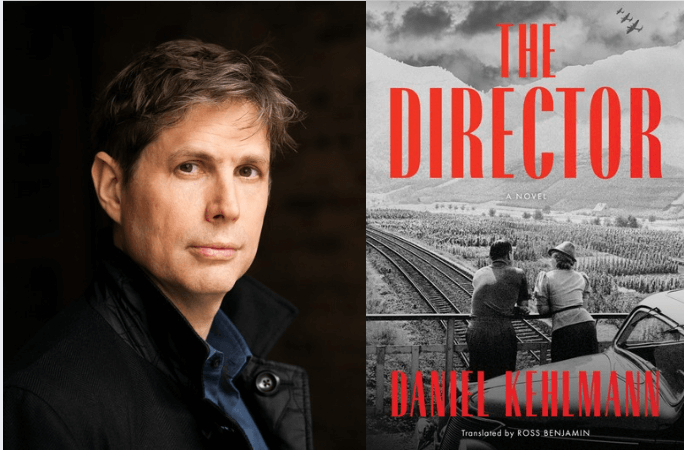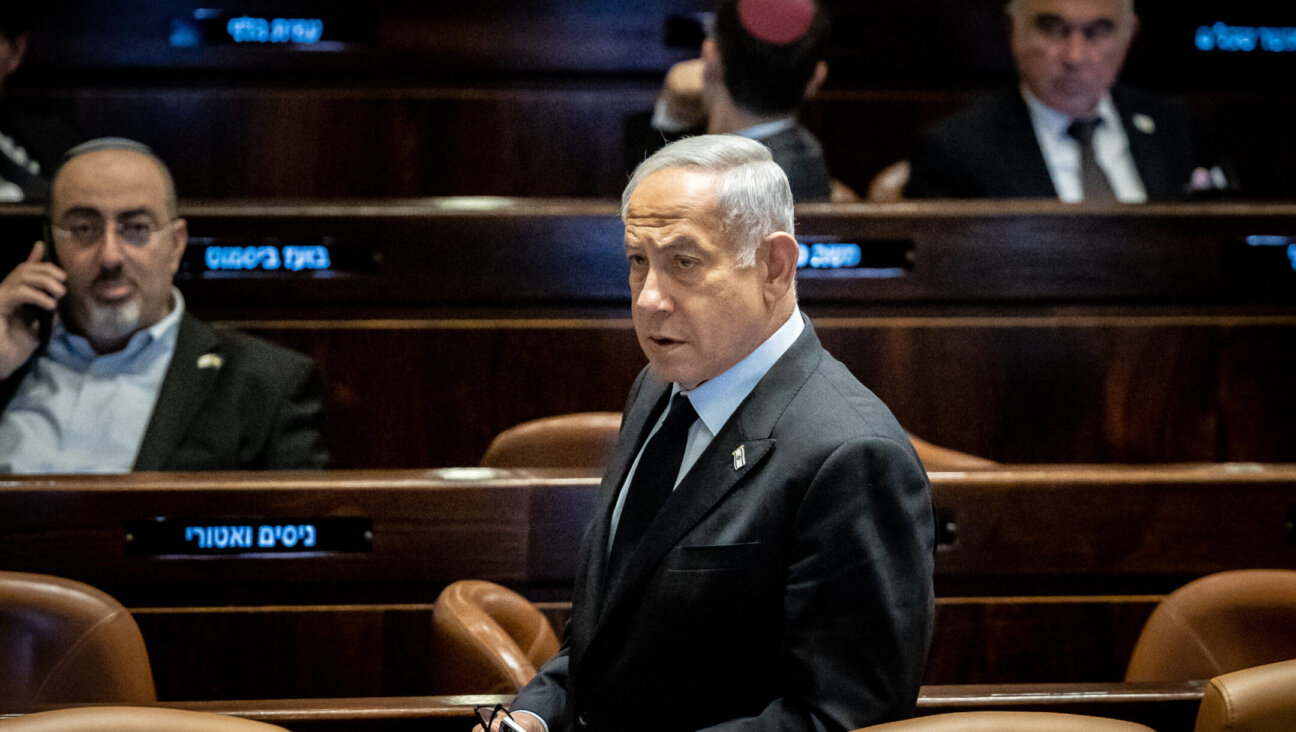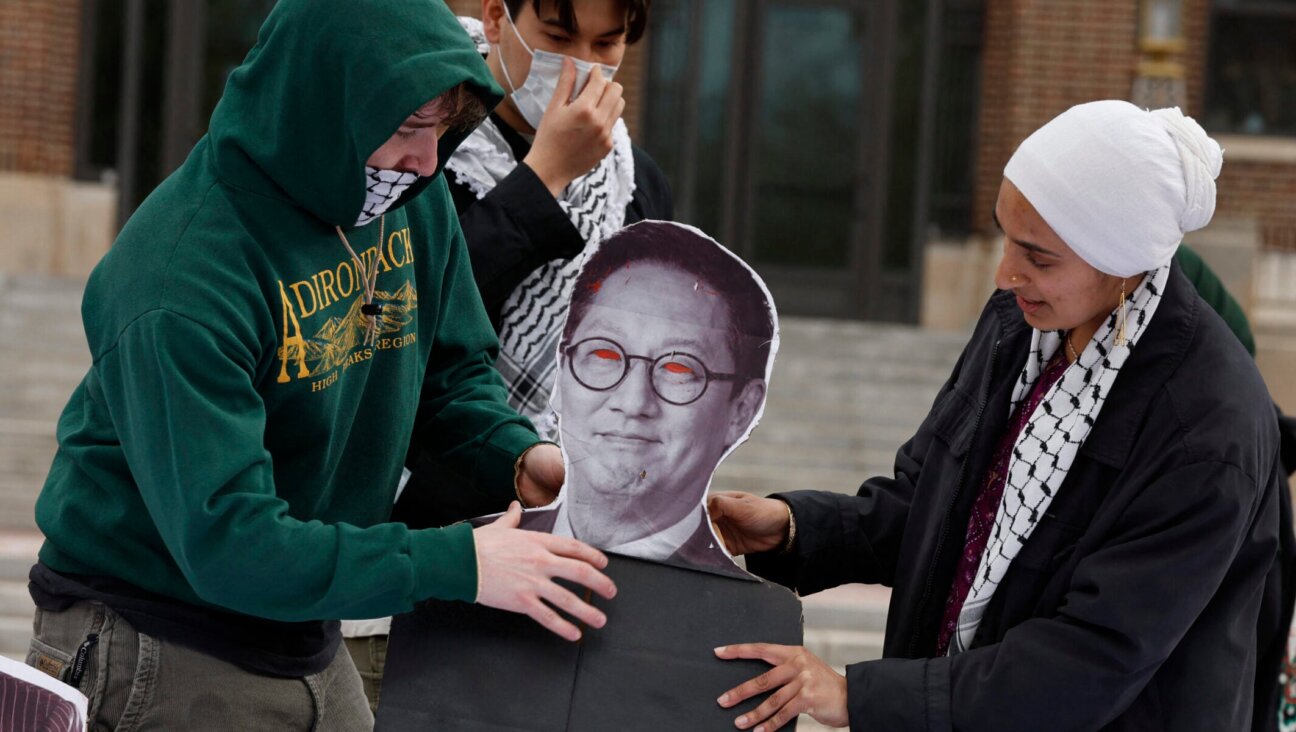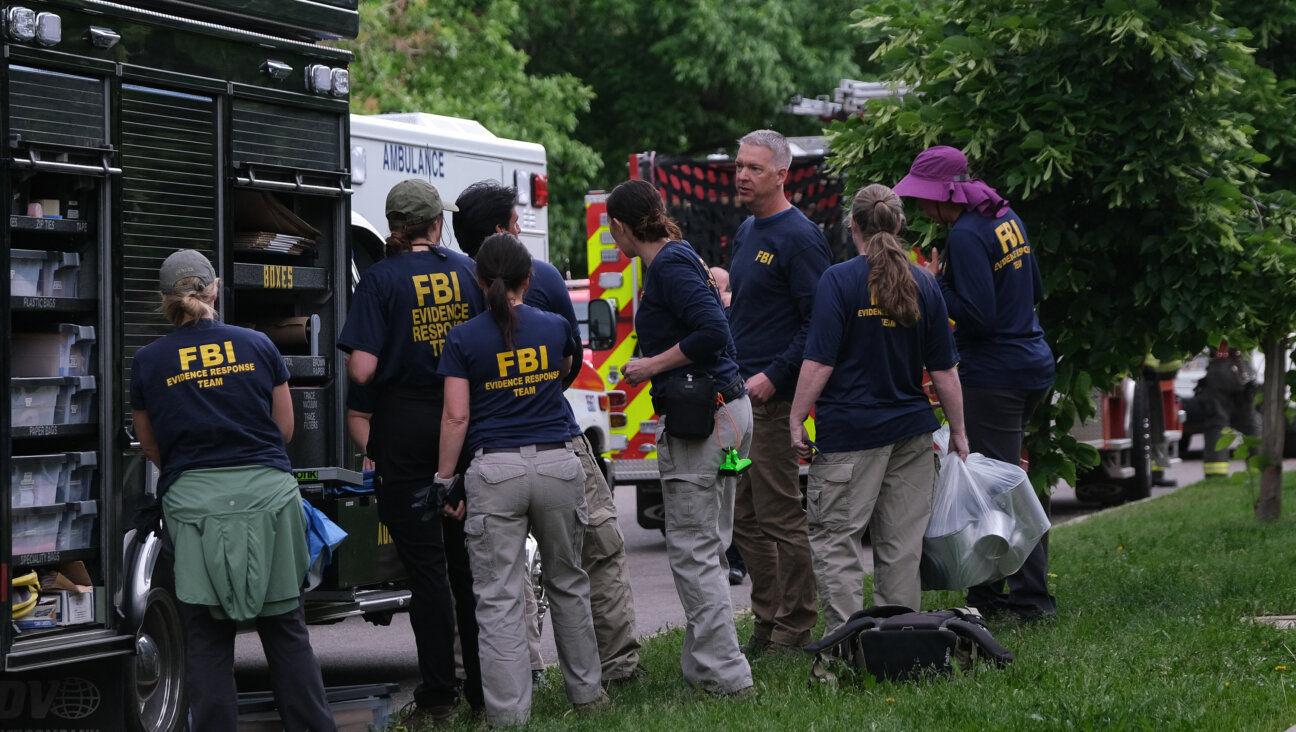A Waltz With the Unredeemed Past

Like many great stories, the animated documentary “Waltz With Bashir” begins with two men in a bar. It’s a few years ago, and Israeli filmmaker Ari Folman is sitting talking to Boaz, his old pal, now a successful accountant in his 40s. Boaz tells of a recurring nightmare he’s had for 20 years. In the dream, ferocious dogs — 26, to be precise — are racing through town, destroying everything that gets in their way. Their destination? Boaz’s window.
During the two men’s discussion, they determine that the dream relates to the Lebanon War of the early 1980s, a war in which both men fought. According to Ari’s interpretation, the dream represents the dogs that Boaz was ordered to shoot dead as his troop entered Lebanese villages.
Folman’s discussion that night leads him to a staggering realization of his own. He remembers practically nothing of his experiences as a young Israeli soldier fighting in Lebanon. When he takes a stroll to the water and attempts to search his memory for recollections, only one image manifests — that of a few young men rising up from the water. He is one of them. A friend he hasn’t seen for years is another. But that is it. No further recollections exist. “I have stored nothing,” he tells us.
At 6:30 a.m., Ari descends on his own best friend and sounding board, Ori Sivan, and muses on his own dilemma: Why only this image? Why has he forgotten, blocked so much? And so, buoyed by his pal to delve deeper into his repressed memories, Ari becomes investigator and explorer, tracking down friends and compatriots, unearthing their stories of their experiences in Lebanon in an attempt to piece together his own.
The music, bright colors and fast edits combine to make this a film that could sit comfortably at a video game convention. Though this is a factual account, it’s not your typical war documentary. There’s no archival footage. No painful re-enactments. No potential for audience snores. Though the entire film is presented through animation, the interviews are indeed real and the music makes it feel like an action movie. Introspection has never been so animated.
But why animation? Surely that’s the stuff of fluffy children’s animal movies. Not any more. “Waltz With Bashir” does for animation what Maus did for the graphic novel. Building from Richard Linklater’s 2001 film “Waking Life,” animation gives Folman the opportunity to go to places that previous interview-based documentaries could not — deep into the psyche.
Folman’s animation makes evident on screen how consciousness and memory shape everything we see. It links the visible world and the imagined world. It simulates the haziness, the dreaminess, the nightmarish-ness of the in-between world that is war: an experience beyond the explanations of a talking head.
For in the process of his exploration, Folman takes us with him and makes us comrades in the battlefield of recollection, introducing us to a world of history and memory of what it is to be so very young and at war. Using a style that is both stark and rich and has oft been described as hallucinatory, he drags us with him into the depths and the colors of his friends’ experiences — or at least their memories of their experiences.
He goes as far as Utrecht, in the Netherlands, to reconnect with one old friend, Carmi, the man who had been pegged by his peers as a future winner of a Nobel science prize but instead left Israel after the war to make himself a fortune from his Dutch falafel empire.
Stories pour out. Animated versions of interviews done with the men today alternate with fantastical sequences of their younger selves playing out the stories they are sharing. Boys thinking about girls; boys making their way to Lebanon undercover via Israeli “love boats”; boys going through two years of training and then finding themselves utterly unprepared for war and shooting indiscriminately at a family riding in a car.
“Good Morning Lebanon,” a rousing song composed especially for the film, with its ominous allusion to the 1987 movie “Good Morning, Vietnam,” plays as the boys go into battle. In their tanks, they roll over empty civilian cars in the streets, feeling utterly protected and strong. Until the commando is shot. Until their tanks start to explode. Until the rest of the tanks retreat and one of Ari’s friends, Roni Dayag, recounts running zigzag along the beach, finding cover behind a rock. All alone, feeling utterly abandoned by his troop, he hides until nightfall and then miraculously swims to safety.
In Roni’s personal and harrowing story of escape, Folman offers us the ultimate, almost mythical coming-of-age story. Without choice, a young man is catapulted into an unfamiliar and scary place. He is protected by his elders, his unit, his family. Then, just as quickly, he is spat out, alone, vulnerable and certain that he will not make it. Finally, he rises up, shows unfathomable courage and makes his own way, ironically landing right back with the unit that abandoned him in the first place. These are not our details, but we certainly can relate, albeit subconsciously, to the archetype of the journey.
And our journey continues. Some of the stories literally beggar belief, including the one that gives the film its name. Under a giant poster of Bashir Gemayel, Lebanon’s assassinated president-elect, an Israeli soldier dances, trancelike, in the middle of the street in Beirut as his fellow fighters are picked out and shot dead from above. We know that this is beyond reason; we presume that it is beyond fact. And yet the image in front of us of a gun-toting, pirouetting soldier of the Israel Defense Forces feels utterly authentic. As we go deeper into the film, it seems to be less about empirical facts and more about the deeper truth of how the brain processes past experiences.
Indeed, the subjective nature of memory is something the film dances with throughout. Ari’s best friend, Ori, is, like him, a filmmaker, but he is so psychologically astute that one presumes he must be a psychiatrist. Ori reminds us, lest we forget, of actual psychological studies in which memories are proved to be untrue: In one study, adults are shown 10 photos of their childhood. One photo is a fabrication, in which their faces have been superimposed onto a scene at a fair they never visited. And yet, 80% of those questioned remembered and recounted the story of being there. On every level possible, Ari is constantly poking at us and reminding us that there is nothing inherently truthful about memory.
Then there are the colors and texture of the film. Folman understands therapy (he co-created “Betipul” the Israeli psychotherapy show on which the HBO series “In Treatment” is based) and he shows development formally through a shifting palette. Beginning starkly with the iciest blues and the fieriest reds and golds, the colors start to thaw as the film progresses. The second time we visit Mr. Falafel in Utrecht, it is spring outside reflecting a new level of comfort with the investigation.
Everything is relative, but like every great therapy session, something that begins in a staccato, high-pitch level of fear or blockage relaxes into a more open exploration. “Waltz With Bashir” seems to be telling us that remembering, with all the shadows and pain that come with it, is a whole lot better than repressing.
It’s this thawing, this opening, that enables us and Ari to finally reach the subject of Sabra and Shatila, the refugee camps in Lebanon where, under the guise of looking for Palestinian terrorists, Lebanese Christian phalangists indiscriminately massacred Palestinian men, women and children over a period of two days. The refugee camps’ entrances and exits were being guarded by the IDF, which, according to Israel’s own internal commission, was indirectly responsible for the attacks.
With heart-wrenching images of old women and children being herded into trucks and lined up against walls, the film has implicit parallels to the Holocaust. It’s hard to talk about bravery of a filmmaker when it relates to innocent people being killed. But nonetheless, a quarter of a century after the fact, re-entering this space so publicly is its own act of bravery. Unlike some of the other men in the film, there is no attempt by Folman to try and save face, to try and prove that he was not to blame in any way. There is just a continuing effort to discover.
And so to the much debated ending of the film where animation morphs into reality. We go from the relative safety of the colors of animation to real footage of the aftermath. We go to the stark images of the dead — of the women, the men and the young children lying in their jeans and their corduroy pants.
Images that none of us are shielded from — Folman makes sure of that. Normally, we do an excellent job of insulating ourselves from images of violence we see on the nightly news, but Folman takes down some of our protective layers. He eases us into a place of truth. For when we are watching animation, we know that we can use another part of our brain to protect us, the part of the brain that says it’s just animation. There is no real flesh. No real brains. No real hearts. And so we allow ourselves to drop our defenses. And then he socks it to us. We don’t turn our heads. We’re in it. Deeply.
But we are also sophisticated moviegoers. Just as we are slipped into these devastatingly real images, we know we also will be eased out. Our bodies subconsciously recognize the trajectory a film takes; we know the beginning, we know the middle and we absolutely know when a film is winding down. We say goodbye to our characters, and each gets a quick summary. Painful as the images are, we know we will be taken back to say our goodbyes to our new friends. Perhaps there even will be the obligatory notes in the credits, telling us what each is doing now.
But no, not this time. “Waltz With Bashir” ends abruptly with an intentional jolt. We have been abandoned by the very man who took us in, held our hands and guided us through his own memory and those of his friends. There is no goodbye. There is no easing out. Folman abandons us, like the young boys sent to battle, like the innocents inside the refugee camps, leaving us to process and to try to understand for ourselves. There is to be no easy wrapping up of events. No conclusions offered. Just raw remembrance.
And so, what is the ultimate purpose of the film? A group therapy exercise for Ari and his friends? A somewhat subjective history lesson for those of us not well versed in the intricacies of the First Lebanon War? A personal-political mea culpa? A way of looking at the Middle East through a previous cycle of its history? A meditation on the concepts of memory and truth? Perhaps all of the above. As Ori tells us at the start of the exploration, “Memory takes us where we need to go.” Indeed, as “Waltz With Bashir” shows us, the memories may not be accurate, but they certainly take us where we need to go. Twenty-six dogs chased Boaz in his dream. And 26 years after the massacres at the camps of Sabra and Shatila, it is there that we return.
Nicola Behrman is a British screenwriter living in Los Angeles. She is currently adapting Jenny Colgan’s best-selling book “Where Have All the Boys Gone?” (HarperCollins, 2005) for the big screen.























